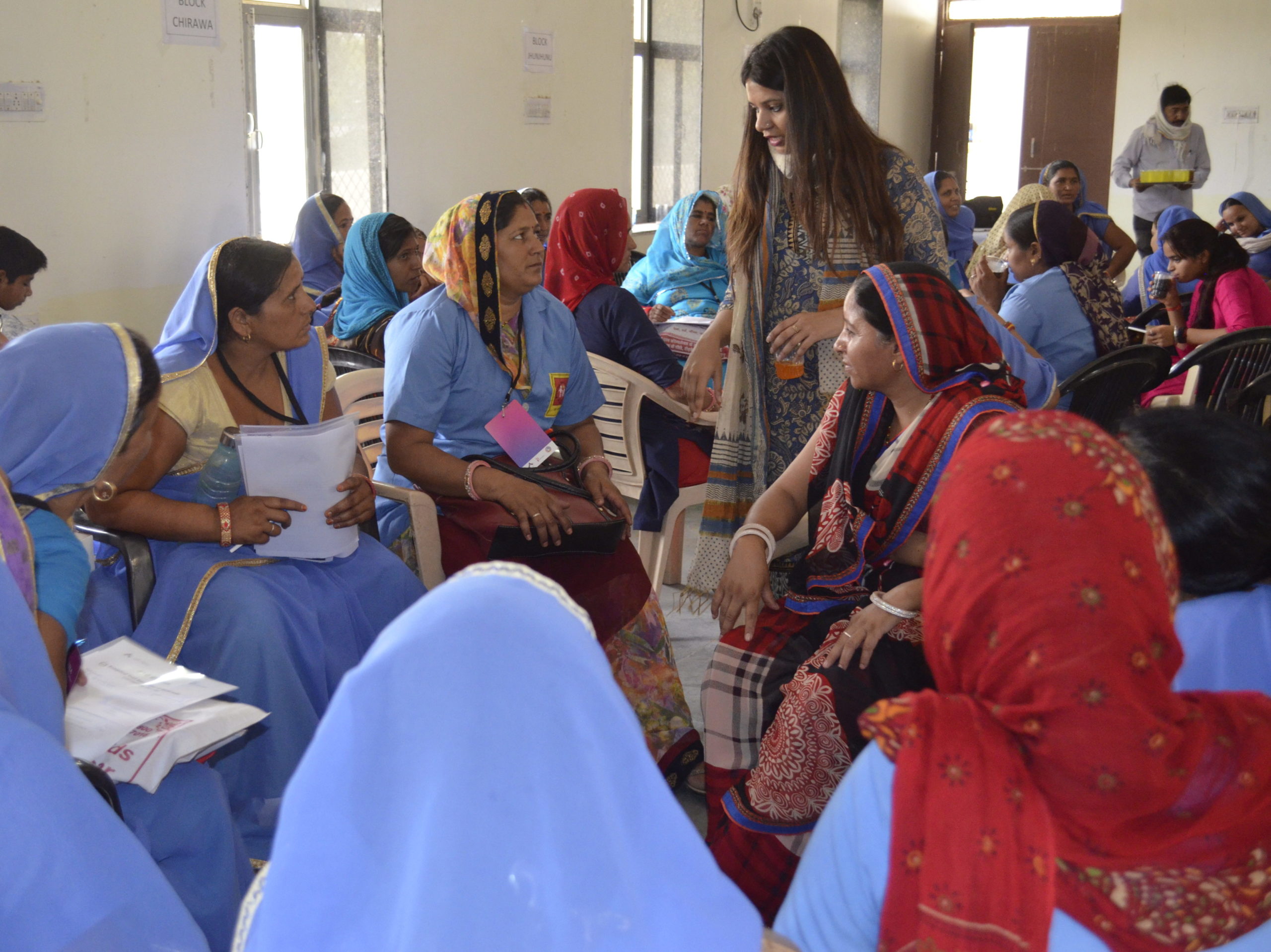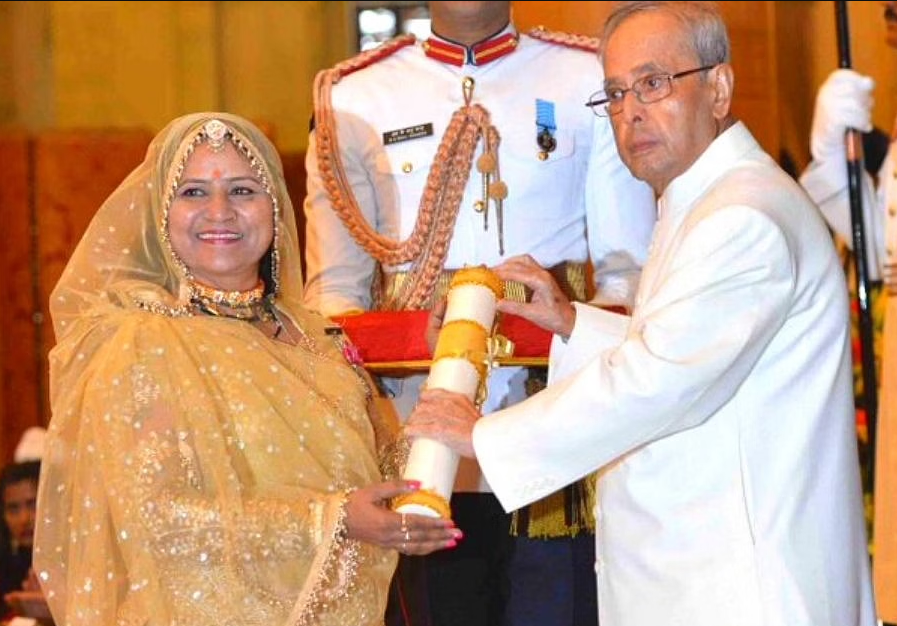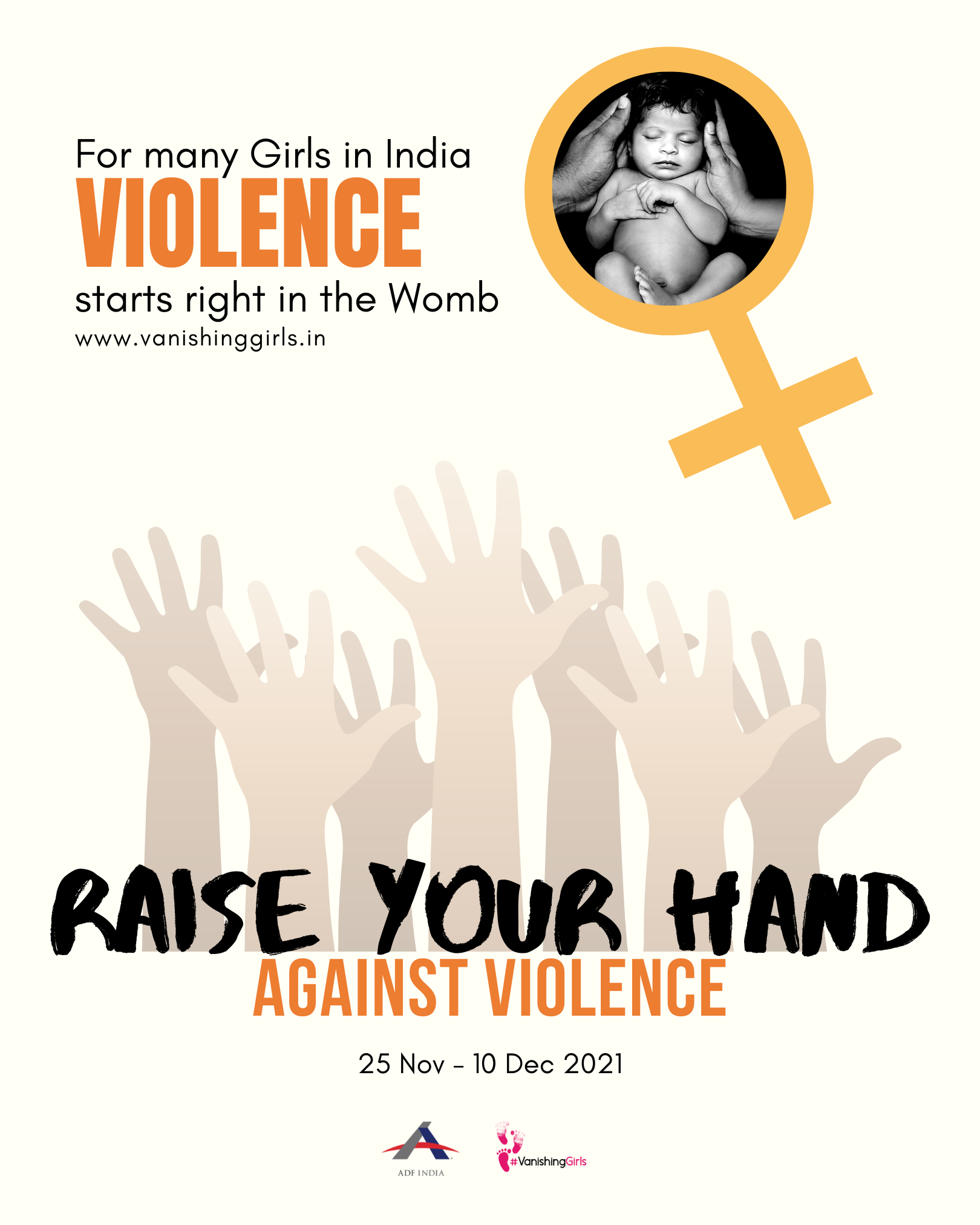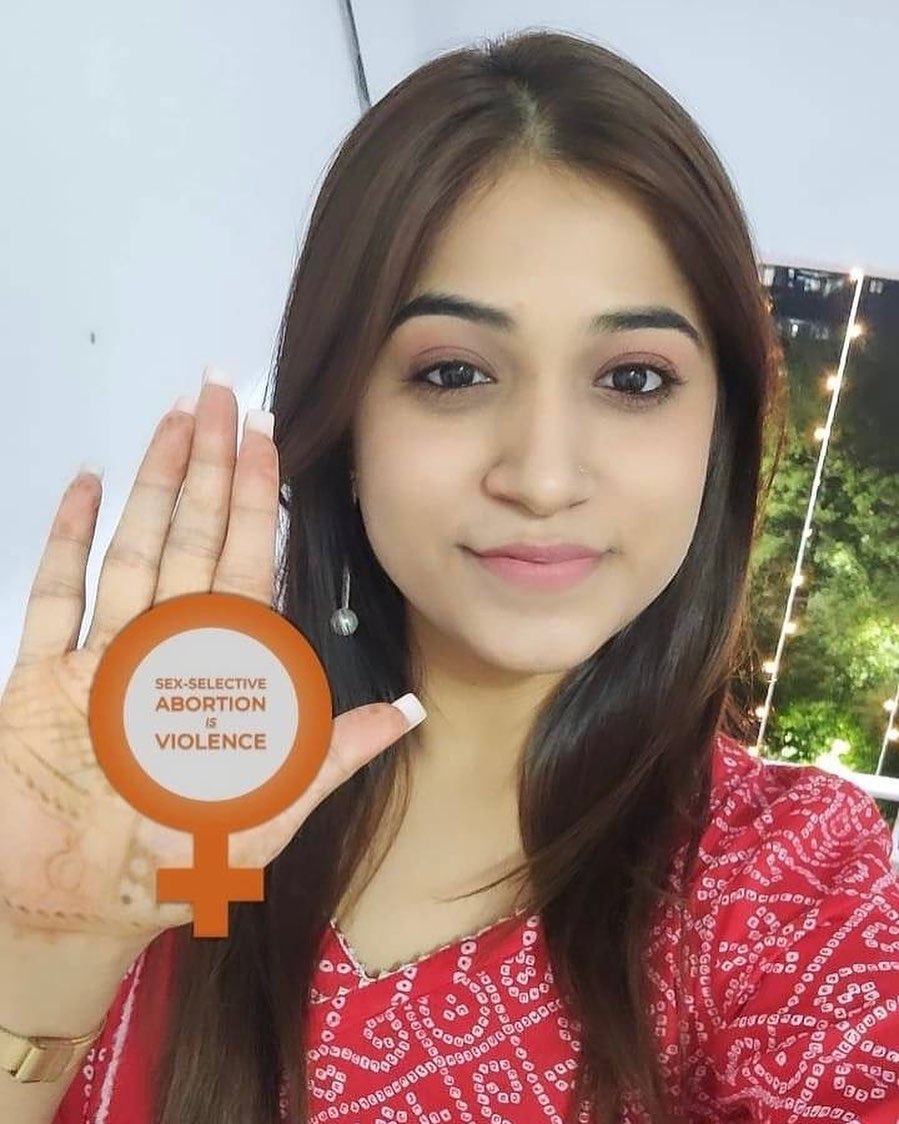Analyzing the Effectiveness of Sex-Selective Abortion Laws in India
By Adv. Jaiwant Patankar
It was neurologist Karl Dussik in 1942 who is credited to apply sonography for medical diagnosis in humans. Dussik conducted experiments by directing ultrasound beams through the human skull in an endeavor to identify brain tumors1. Gradually this technology was developed in the medical world to monitor the prenatal health of the unborn baby. In India, around the 1980s, this technology was also introduced as a method of detecting fetal abnormalities. However, it did not take long before doctors and physicians found ways to use this technology to detect the sex of the fetus2. Unfortunately, it became a tool for misuse by parents and families who preferred sons over daughters.
As a consequence of this increasing practice, the national census data of 1991 revealed that the sex ratio3 had declined to a meagre 9294. Alarmed by this statistic, the central government passed the Pre-Natal Diagnostics Techniques (Prohibition of Sex Selection) Act, 1994 in order to combat the issue of sex determination. However, within 5 years of the law’s implementation several doubts were raised about its effectiveness and petitions filed in the Supreme Court. The Apex Court issued various guidelines5 to the central and the state governments and consequently the law was amended in 20036 to strengthen the original Act and take note of the development of the sex determination techniques. This Act essentially aims to:
- Prohibit sex-selection
- Regulate pre-natal diagnostic techniques i.e., amniocentesis, ultrasonography, etc.
- Prevent misuse and prohibition of advertisement of such techniques
After the 2011 census when the child sex ratio was reduced to an all-time low of 914, petitions were again filed before the Supreme Court titled Voluntary Health Association of Punjab v. Union of India7, wherein the non-compliance of the directions in CEHAT8, the continuance of the practice of sex-selection and the decline of the sex ratio in several parts of the country were highlighted. The Hon’ble Apex Court remarked “Decrease in the sex ratio is a sign of colossal calamity and it cannot be allowed to happen. Concrete steps have to be taken to increase the same.” Thereafter the Court issued directions for greater implementation of the Act – including regular monitoring and reporting by authorities, faster disposal of cases, and suspension of licenses to practice of convicted doctors, etc.
According to a report published by the Parliamentary Committee on Empowerment of Women, data up to December 2020 shows the number of ongoing cases under the PCPNDT Act was 3,158 and only a meagre 617 convictions had taken so far since the inception of the law. The Report additionally stated that “it has every reason to believe that the delay in arriving at final decision in the pending cases has a tendency to dilute the spirit of the PCPNDT Act9.”
Earlier in April 2023 the Delhi High Court10 also issued several directions observing the need for a “safe womb for female fetus”. The court remarked “though the PCPNDT Act was enacted in view of the declining child sex-ratio and related issues of women empowerment, the object behind the enactment of the Act has not been understood and applied in its true spirit. Despite the fact that this issue had been taken seriously by the Hon’ble Apex Court on past several occasions and repeated directions had been passed, shortcomings on the part of authorities in following the necessary procedure under the Act frequently arise before the Courts, as also apparent in the present case.”
In this light, the example of the Republic of Korea offers valuable lessons for learning. In the 1980s and 1990s, Korea had a highly imbalanced sex ratio at birth. However, a combination of factors contributed to the shift. Two decades of exceptional economic growth led to fundamental changes in the Korean society including greater participation of women in the work force with better employment opportunities. Several laws – such as allowing women rights and responsibilities within their birth family even after marriage and recognizing women-headed households were seen to be beneficial. In addition, the highly organised and controlled health system was able to regulate sex-determination tests more effectively than is the case in India.
In recent years, the government has introduced various initiatives, such as the “Save the Girl Child” scheme and “Beti Bachao, Beti Padhao” scheme. However, these programs, while well-intentioned, have yet to exhibit their full impact. Discrimination against women persists, and instances of violence against them continue to rise. While a shift in societal attitudes is crucial, it is equally imperative to enhance the enforcement of the PCPNDT Act. Illicit sonographic facilities and unregistered ultrasound machines must be rigorously addressed, and those medical practitioners and staff engaged in sex selection and determination must face expedited legal proceedings without leniency.
In 2024, the PCPNDT Act will mark its 30th anniversary. If implemented effectively, this law can drastically change the sex ratio imbalance in our country, allowing more girl children to be born, and have a chance to LIFE.
To combat the evil of sex-selective abortion, ADF India’s Vanishing Girls campaign works with several like-minded allies, state government bodies, public prosecutors, legal and civic bodies, social activists, medical professionals and ASHA workers to provide legal support as well as training to ensure acts have been implemented to protect the Girl Child are implemented effectively and adhered to strictly.
To collaborate with us, contact us at askme@vanishinggirls.in
------
Jaiwant Patankar earned his law degree from Rajiv Gandhi National University of Law, Punjab and is currently empanelled with the Delhi State Legal Services Authority (DSLSA), a body constituted by the Delhi government to provide free legal to the poor. He practices law on the constitutional and the criminal side, having challenged the constitutional validity of the various anti conversion laws of India before the Supreme Court and various High Courts of India. While being a strong advocate of the rights of the minorities, Patankar also believes that true, long-lasting change can come with equipping the people with the knowledge of their rights. This has resulted in him taking training sessions, webinars, etc. for pastors and other minority communities that empower them to stand against any kind of oppression, using the legal framework enshrined in the Constitution.
- History of Ultrasound available at https://www.ultrasoundschoolsinfo.com/history/ ↩︎
- There are several methods of prenatal sex detection, such as amniocentesis or chorionic villus sampling (introduced in the 1980s), and other techniques for sex selection, including sperm sorting and pre-implantation genetic testing or in vitro fertilization (IVF). But these are much more expensive and complicated than ultrasound technology, which is the most common method for sex determination in utero in India. “India’s Sex Ratio at Birth Begins to Normalize” Pew Research Centre, August 2022 last accessed here at https://www.pewresearch.org/religion/2022/08/23/changes-in-son-preference-ultrasound-use-and-fertility/#fn-38061-19 on 10.10.2023. ↩︎
- Sex ratio is defined as the number of females per 1000 males in the population. ↩︎
- Census of India 1991, Registrar General & Census Commissioner, India ↩︎
- Centre for Enquiry into Health and Allied Themes (CEHAT) v. Union of India, (2001) 5 SCC 577. ↩︎
- Renamed as the Pre-Conception and Pre-Natal Diagnostic Techniques (Prohibition of Sex Selection) Act. ↩︎
- (2013) 4 SCC 1. ↩︎
- Supra 5. ↩︎
- Just 617 Convictions in 25 years under PNDT Act: Parliament Report, The Times of India accessed at
http://timesofindia.indiatimes.com/articleshow/88483156.cms?utm_source=contentofinterest&utm_medium=text&utm_campaign=cppst. ↩︎ - CRL. M.C. 1352/ 2023, Delhi High Court. ↩︎




